The sight of wildflowers carpeting meadows, mountainsides, and valleys offers one of nature’s most magnificent displays. These ephemeral bursts of color transform landscapes for brief periods each year, drawing photographers, hikers, and nature enthusiasts alike. National parks provide protected havens where these delicate blooms can thrive without threat from development or excessive human intervention.
Here is a list of 20 national parks in the United States that offer exceptional wildflower viewing experiences. Each has its unique botanical treasures and ideal viewing seasons.
Great Smoky Mountains National Park

The Great Smoky Mountains are often called ‘Wildflower National Park’ with over 1,500 flowering plant species, more than any other North American national park. Spring brings a stunning progression of blooms, starting in February with spring beauties and trailing into summer with black-eyed Susans.
The park hosts an annual Spring Wildflower Pilgrimage, where expert naturalists lead guided walks through prime flowering areas.
Shenandoah National Park
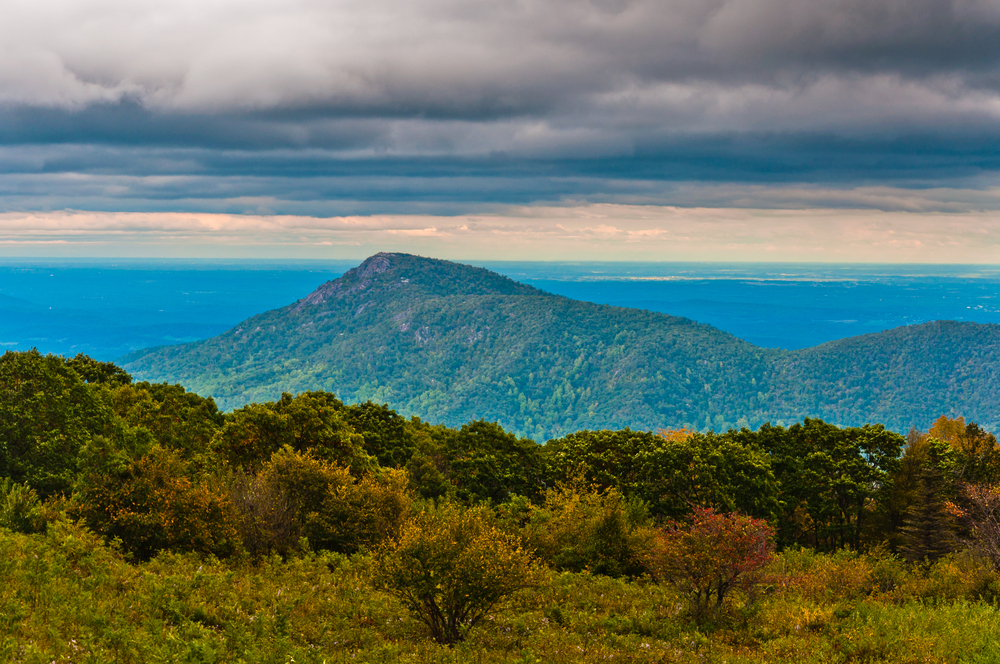
Shenandoah’s varied elevations create a prolonged wildflower season, with different species blooming at different times depending on altitude. The famous Skyline Drive offers numerous overlooks where visitors can appreciate vast meadows of columbine, trillium, and wild geraniums without leaving their vehicles.
Dedicated wildflower enthusiasts favor the Big Meadows area, where the open landscape explodes with color from April through October.
Like Travel Pug’s content? Follow us on MSN.
Olympic National Park
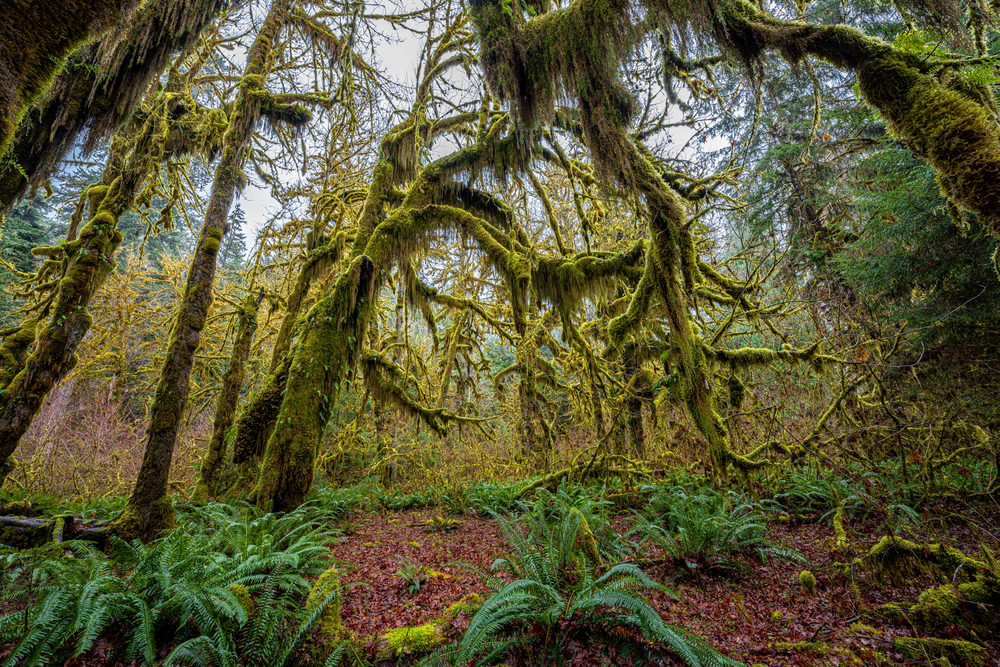
Olympic’s diverse ecosystems—from coastal beaches to alpine meadows—support an extraordinary variety of wildflowers that adapt to dramatically different growing conditions. Hurricane Ridge transforms into a painter’s palette in mid-summer when lupines, paintbrush, and avalanche lilies emerge after snowmelt.
The park’s temperate rainforests offer a completely different floral experience with shade-loving plants like trillium and flowering mosses thriving in the dappled light.
Glacier National Park
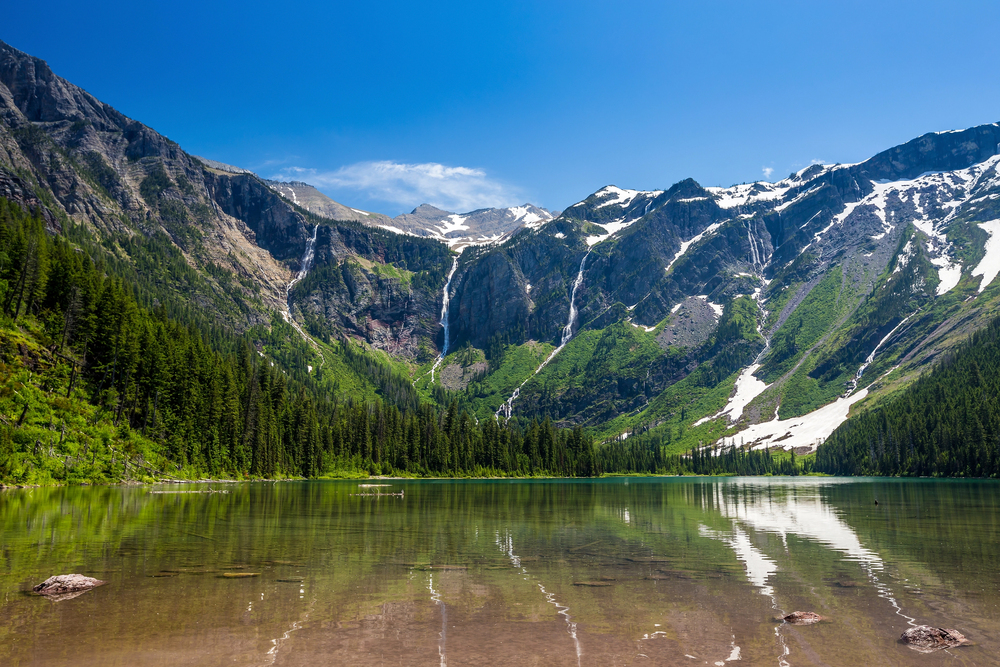
Glacier’s wildflower season may be brief, but its intensity compensates for its short duration. Alpine meadows burst into color almost immediately after snowmelt, creating breathtaking displays against backdrops of towering peaks and crystal lakes.
The Logan Pass area becomes particularly spectacular in July and August, with fields of beargrass. Despite its name, it produces elegant white blooms on tall stalks, creating an otherworldly landscape.
Rocky Mountain National Park
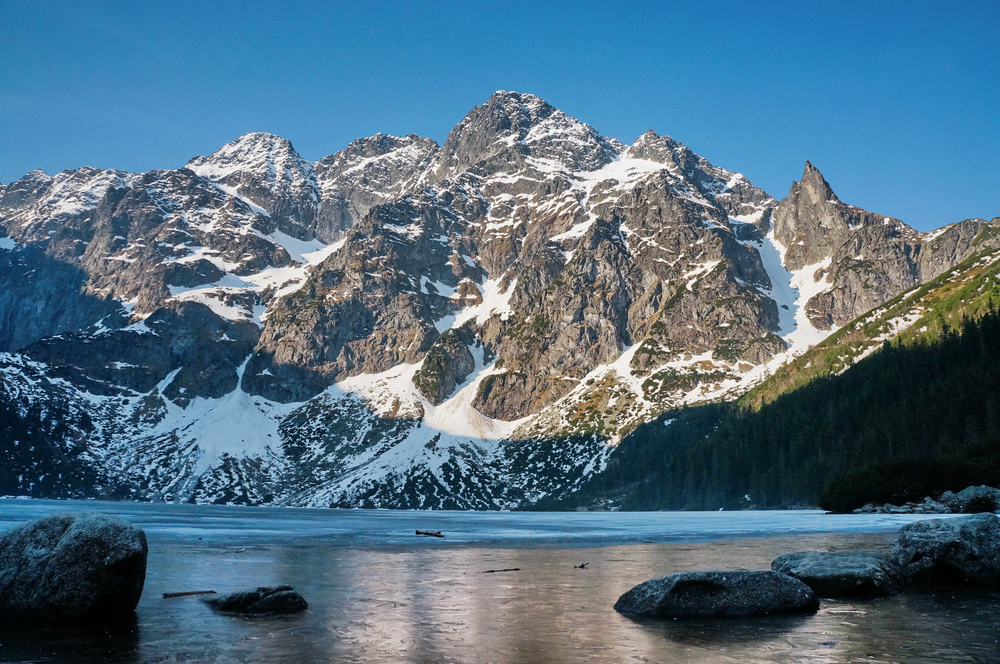
Rocky Mountain’s wildflower displays change dramatically with elevation, offering multiple blooming seasons across the park’s varied terrain. Lower elevations begin flowering in April, while the highest alpine regions don’t reach peak bloom until August.
The tundra areas above treeline create one of America’s most unique wildflower experiences, where tiny, vibrant blooms hug the ground to survive the harsh conditions.
Like Travel Pug’s content? Follow us on MSN.
Mount Rainier National Park
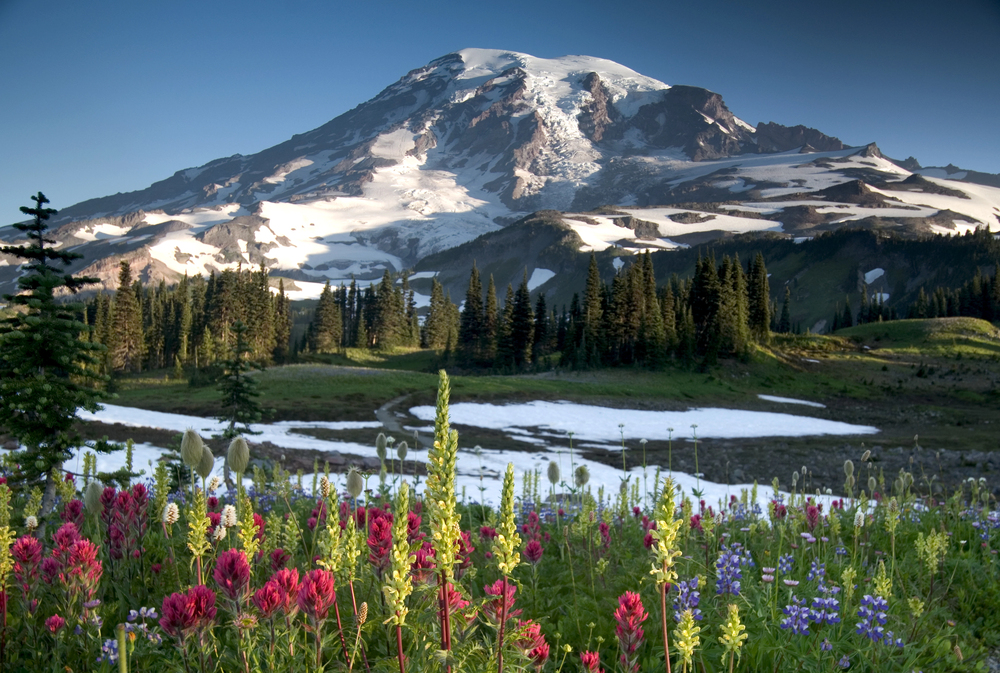
Mount Rainier’s legendary Paradise meadows justify their name when lupine, paintbrush, and avalanche lilies create spectacular color against the backdrop of snow-capped peaks. The park’s subalpine meadows host some of the most dramatic floral displays in the national park system.
Rangers often describe the experience as ‘walking through a painting’ when meadows reach peak bloom in late July and early August.
Redwood National Park
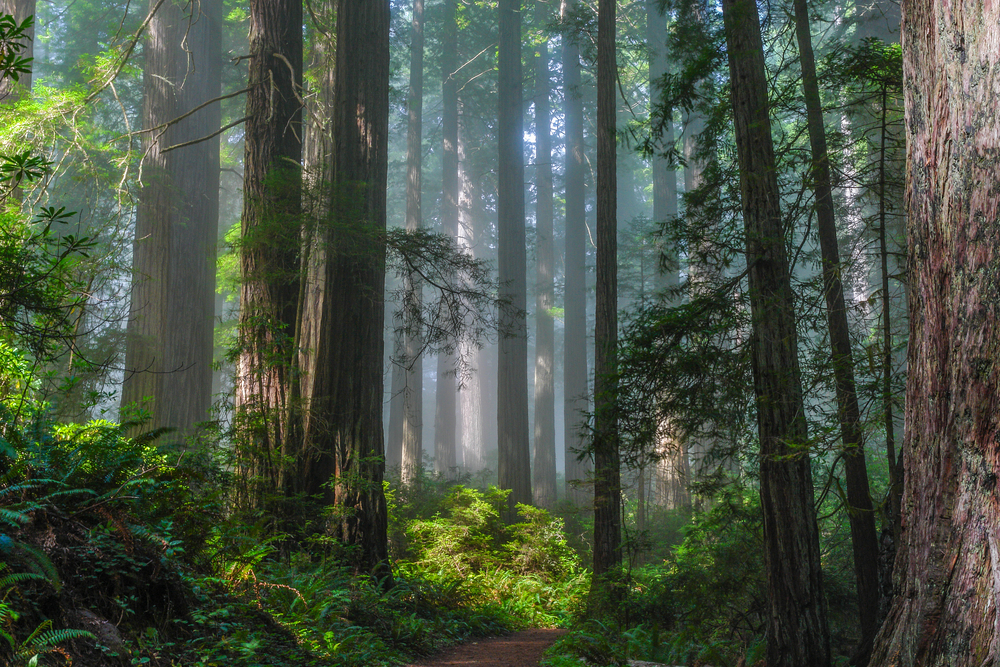
Redwood offers a different wildflower experience, with shade-loving species thriving beneath the towering trees that give the park its name. The contrast between the world’s tallest trees and delicate flowering plants like trillium, rhododendron, and azalea creates a magical forest atmosphere.
Spring brings an understory awash with subtle colors that complement the cathedral-like grove settings.
Death Valley National Park
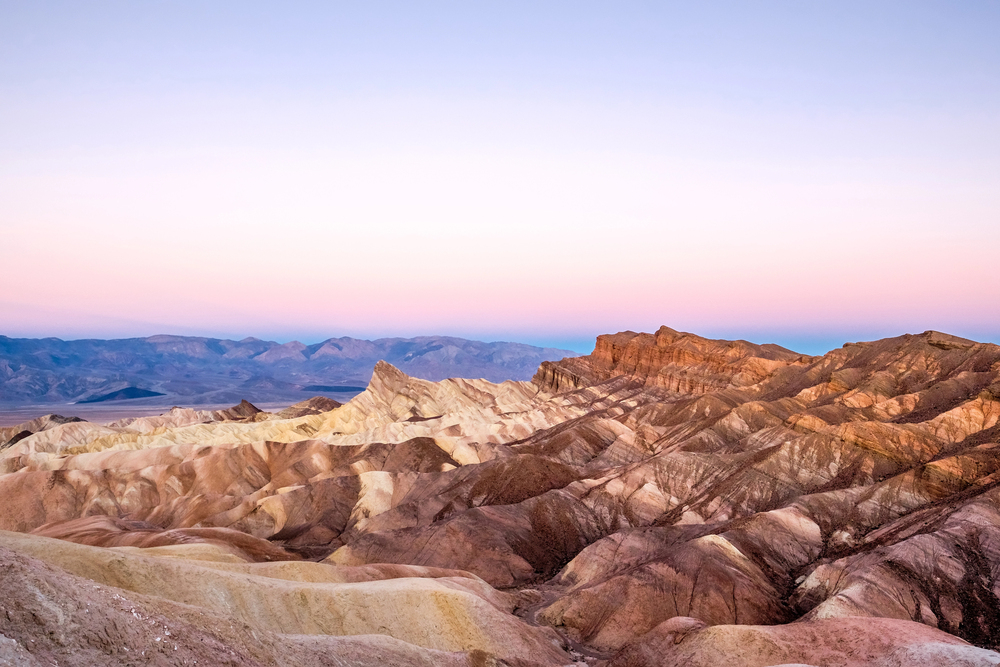
Death Valley transforms from barren desert to vibrant garden during rare ‘super bloom’ events following perfect rainfall conditions. These uncommon but spectacular displays blanket normally dry washes and valleys with gold, purple, and white blooms.
Even in typical years, spring brings scattered wildflowers to lower elevations in February and March, while higher elevations bloom into early summer.
Like Travel Pug’s content? Follow us on MSN.
Joshua Tree National Park
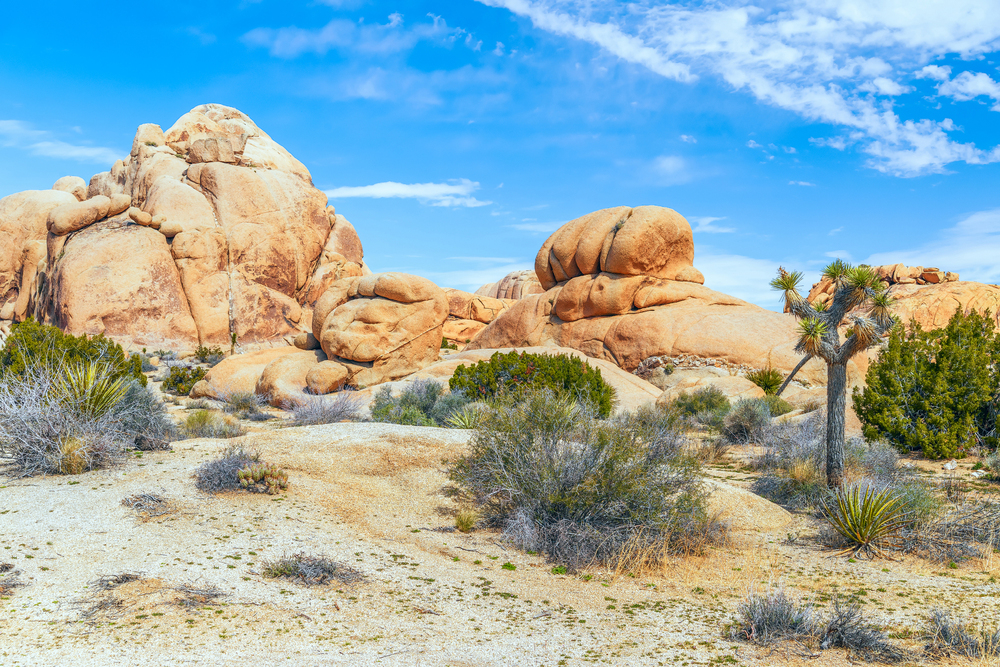
Joshua Tree’s desert wildflower displays depend entirely on winter rainfall, making each year unpredictable and unique. When conditions align, the park’s desert floors transform with desert dandelions, evening primrose, and the vibrant magenta of beavertail cactus flowers.
The contrast between these delicate blooms and the park’s rugged, sculptural landscape creates particularly dramatic photo opportunities.
Grand Teton National Park
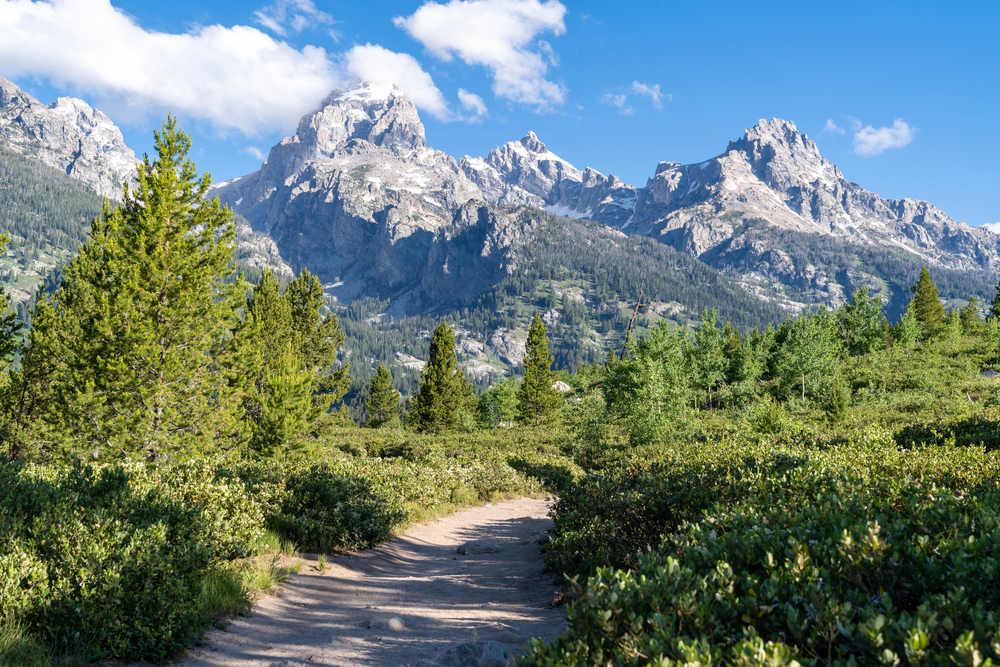
Grand Teton pairs wildflower meadows with some of America’s most dramatic mountain backdrops. Lupine and balsamroot create purple and gold carpets beneath the jagged Teton peaks, particularly in areas like Antelope Flats and Cascade Canyon.
The park’s wetland areas host different species, including the rare calypso orchid, adding diversity to the wildflower experience.
Yosemite National Park
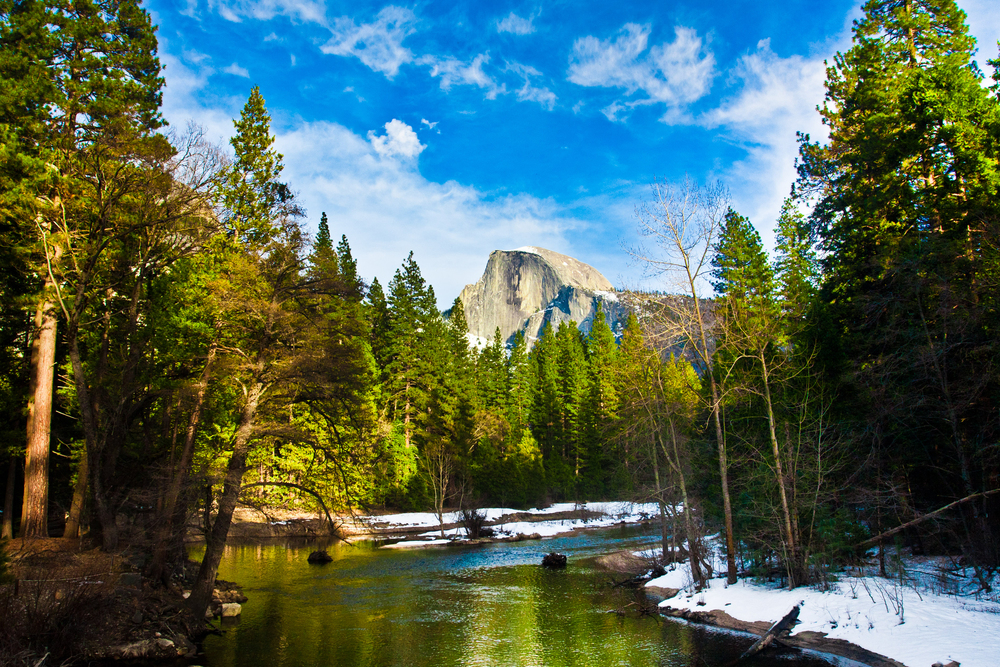
Yosemite’s wildflower season unfolds like a wave moving up in elevation as the season progresses. Lower meadows begin blooming in March, while high country flowers may not appear until August. Tuolumne Meadows offers perhaps the most spectacular display when corn lilies, penstemons, and asters create vast natural gardens against granite domes.
Even iconic Yosemite Valley hosts impressive displays, particularly in Cook’s Meadow.
Like Travel Pug’s content? Follow us on MSN.
Big Bend National Park
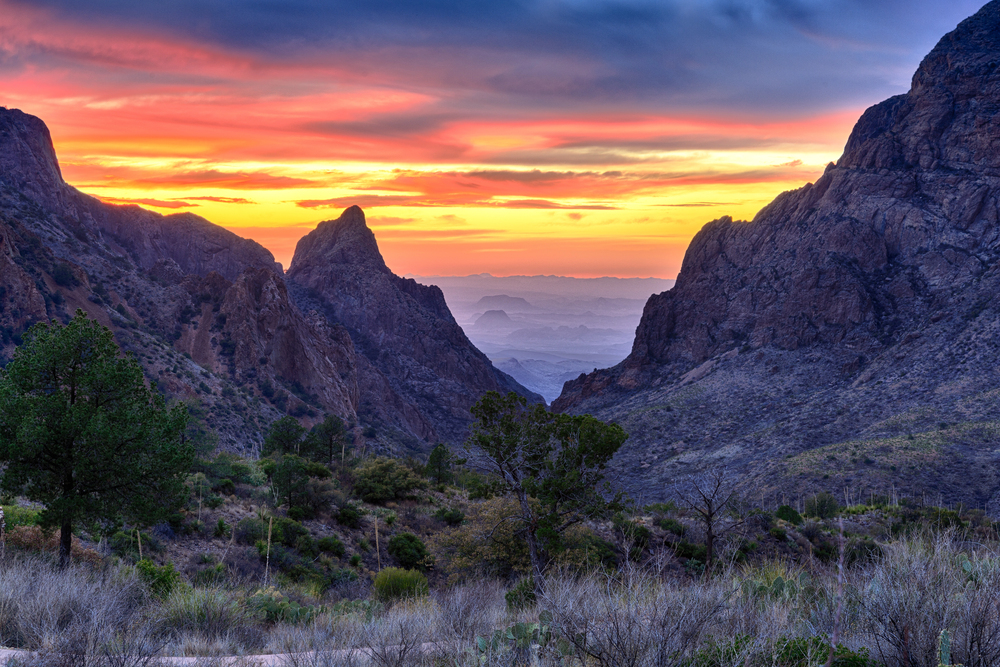
Big Bend offers one of the earliest wildflower seasons, often beginning in February when much of the country remains in winter’s grip. The park houses over 1,200 plant species, with many found nowhere else in the United States.
After good winter rains, the desert becomes dotted with colorful cactus blooms, yucca flowers on tall stalks, and abundant bluebonnets—the Texas state flower.
Zion National Park
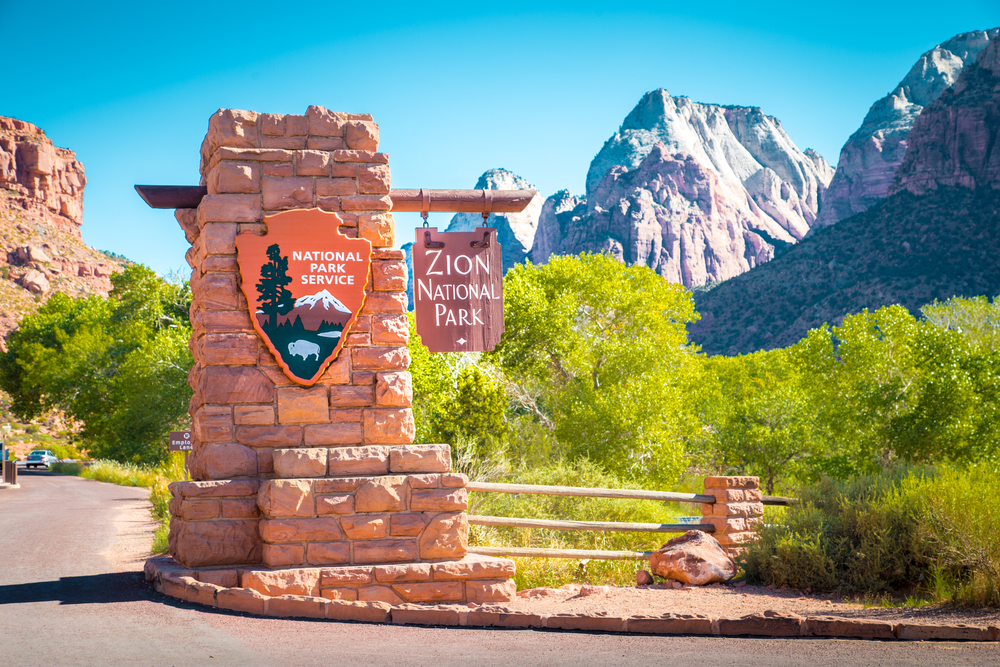
Zion’s dramatic rock formations provide a striking backdrop for springtime wildflower displays that adapt to the park’s microclimate variations. Hanging gardens near seeps and springs host unique plant communities, including rare orchids and scarlet monkeyflower.
The Kolob section of the park offers particularly accessible viewing of desert paintbrush, penstemon, and evening primrose.
Denali National Park
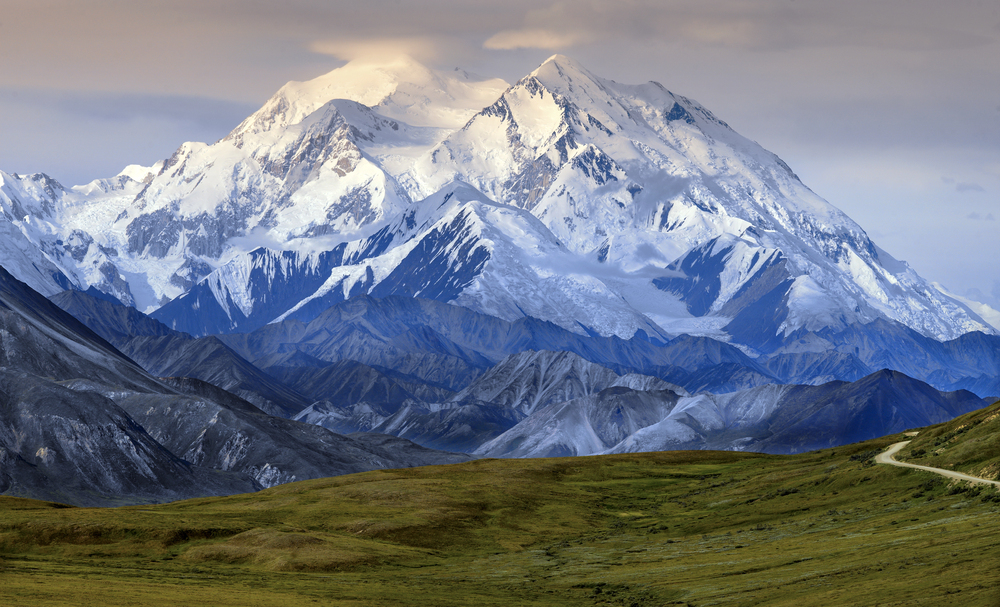
Denali’s extreme northern latitude compresses its wildflower season into an intense but brief display. The subarctic growing season produces flowers that make up for the limited time with vibrant colors designed to attract pollinators quickly.
Forget-me-nots (Alaska’s state flower), lupine, and arctic poppies create carpets of color across the tundra, often appearing just days after snowmelt.
Like Travel Pug’s content? Follow us on MSN.
Arches National Park
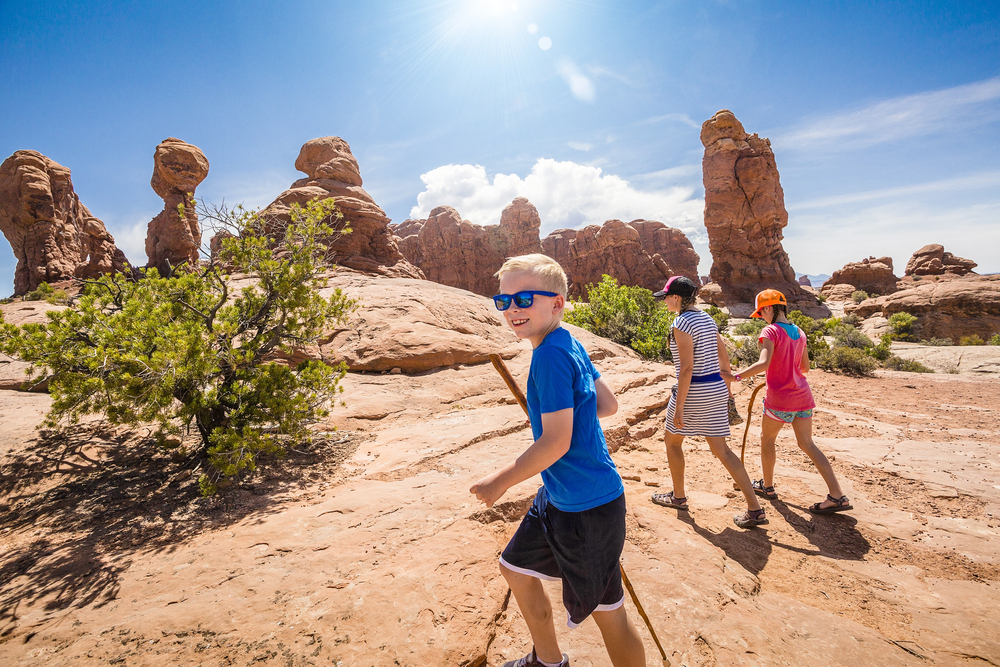
Arches demonstrates nature’s resilience with desert wildflowers that have adapted to extreme conditions. The iconic red rock formations provide a stunning contrast to spring blooms like globe mallow, primrose, and claret cup cactus flowers.
Early morning or late afternoon visits offer not only the best light for photography but also the chance to see flowers fully open, as many desert species close during midday heat.
Bryce Canyon National Park
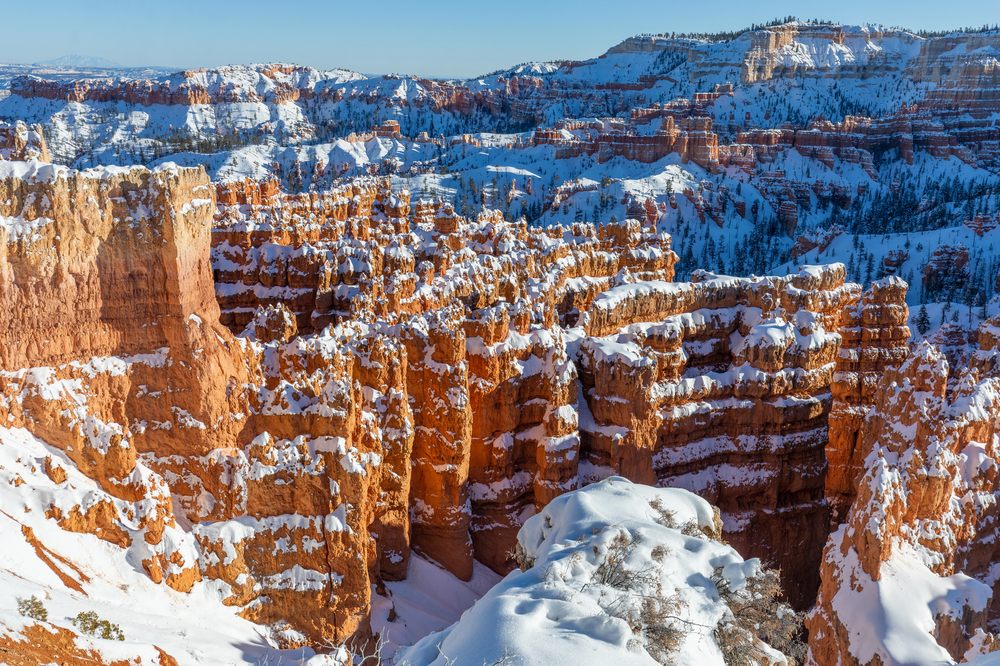
Bryce Canyon combines its famous orange hoodoos with meadows of vibrant wildflowers for truly magical landscapes. The park’s high elevation (8,000–9,000 feet) means peak blooming doesn’t occur until June through August.
The Fairyland Loop and Rim Trail offer particularly accessible viewing of paintbrush, lupine, and scarlet gilia against the backdrop of the amphitheater’s rock formations.
Craters of the Moon National Monument
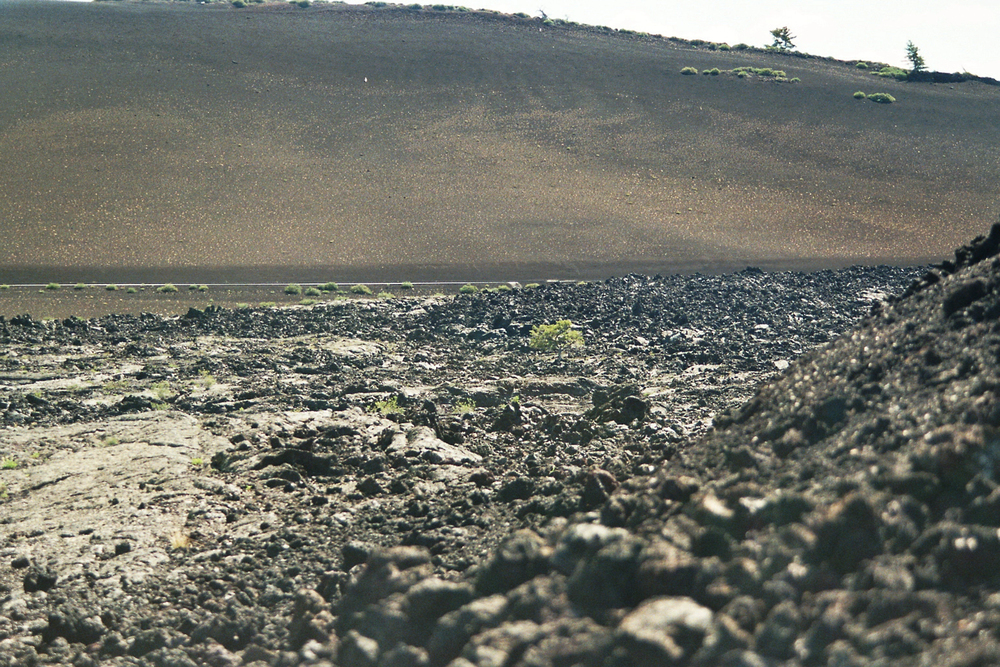
Craters of the Moon presents the stunning paradox of delicate life emerging from barren volcanic landscapes. Wildflowers here have adapted to growing in cinder fields and lava flows, with dwarf buckwheat, bitterroot, and monkey flowers creating splashes of color among the black rock.
The contrast between stark geology and vibrant blooms makes for particularly memorable photographs.
Like Travel Pug’s content? Follow us on MSN.
Acadia National Park
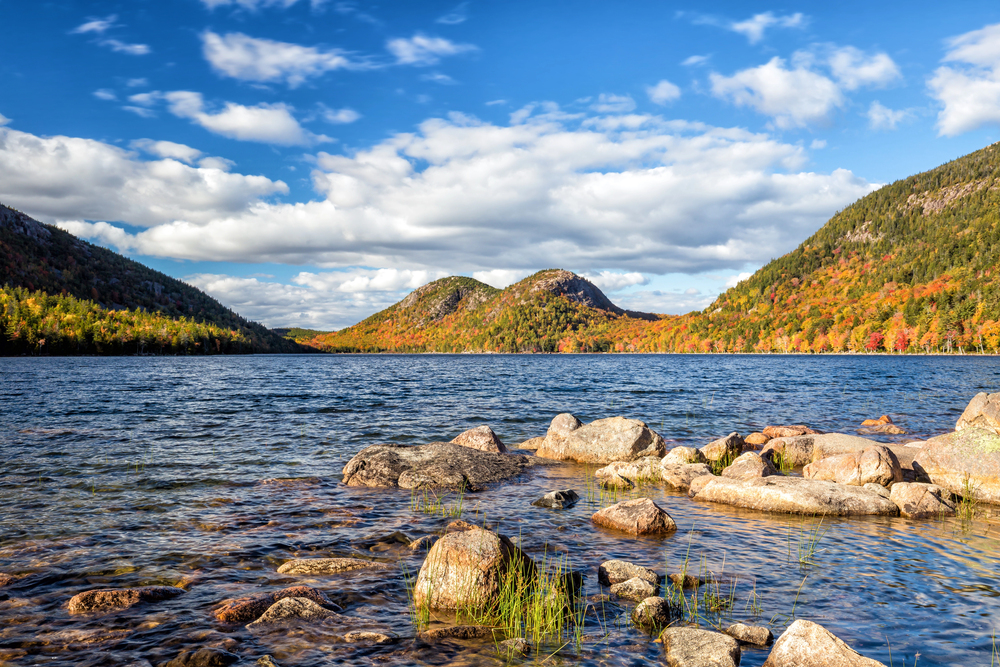
Acadia offers coastal wildflower viewing with ocean backdrops, adding another dimension to floral displays. Spring brings lady slippers and trillium to the forest understory, while summer transforms open areas with black-eyed Susans and asters.
The park’s carriage roads provide excellent access to flower-rich areas without demanding strenuous hiking, making wildflower viewing accessible to most visitors.
Lassen Volcanic National Park

Lassen’s volcanic landscape creates unique soil conditions supporting distinctive wildflower communities adapted to mineral-rich environments. After snowmelt, meadows around Bumpass Hell and Kings Creek explode with lupine, paintbrush, and mountain mule ears.
The park’s range of elevations extends the blooming season from early summer in lower areas through August at higher elevations.
Cuyahoga Valley National Park
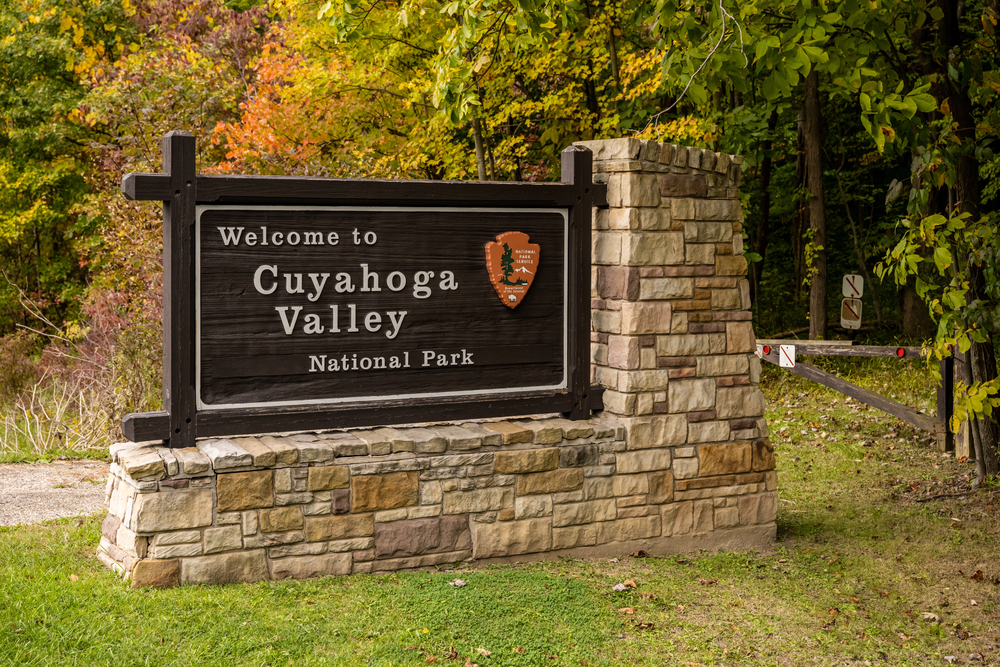
Cuyahoga Valley offers exceptional spring wildflower viewing in its deciduous forests before trees leaf out and block sunlight. The Flood Plain Trail becomes particularly spectacular when hepatica, spring beauty, and trout lily create vast carpets of color beneath the still-bare branches.
The park’s location near urban areas makes it especially valuable as an accessible wildflower destination for millions of nearby residents.
Like Travel Pug’s content? Follow us on MSN.
Nature’s Ephemeral Canvas
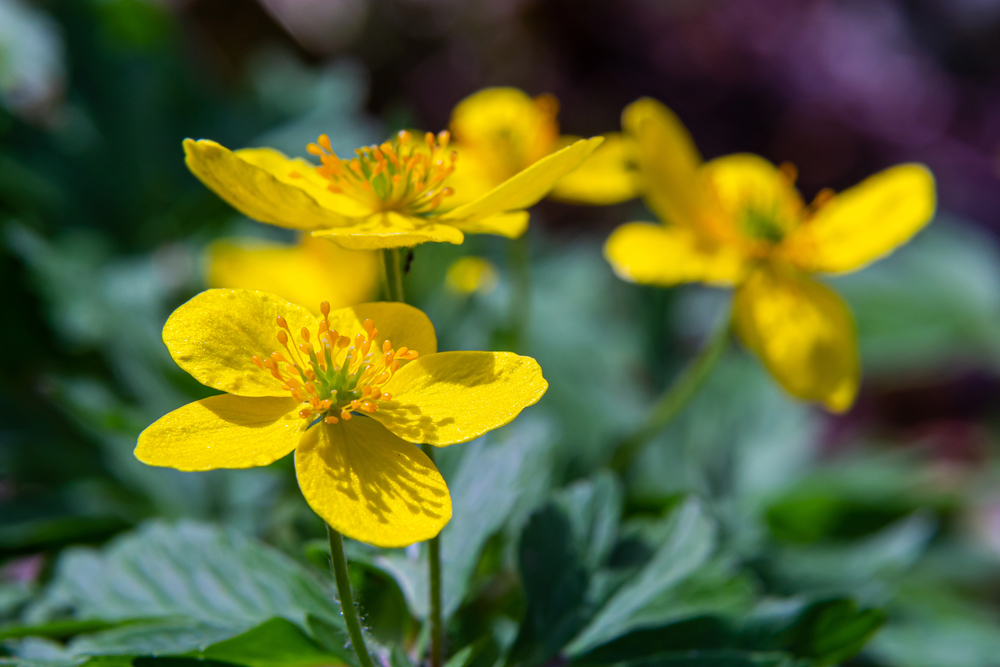
These national parks preserve not just the wildflowers themselves but entire ecosystems that support complex relationships between plants, pollinators, and other wildlife. The seasonal progression of blooms serves as nature’s calendar, marking the passing of time through color rather than numbers.
As climate patterns shift and impact flowering schedules, these protected areas offer scientists valuable baseline data while giving visitors windows into natural processes largely unchanged for thousands of years. Our national parks thus serve as both living laboratories and galleries exhibiting nature’s most beautiful artistic expressions.
More from Travel Pug

- Cities Growing so Fast You Won’t Recognize Them in 10 Years
- 13 Destinations Where Tourists Regularly Regret Their Trip
- 16 U.S. Cities That Are Quietly Becoming Travel Hotspots
- Where to Travel If You Love Long Bus Rides and Daydreams
- 20 Cities Perfect for Solo Travelers Who Crave Adventure & Culture
Like Travel Pug’s content? Follow us on MSN.
